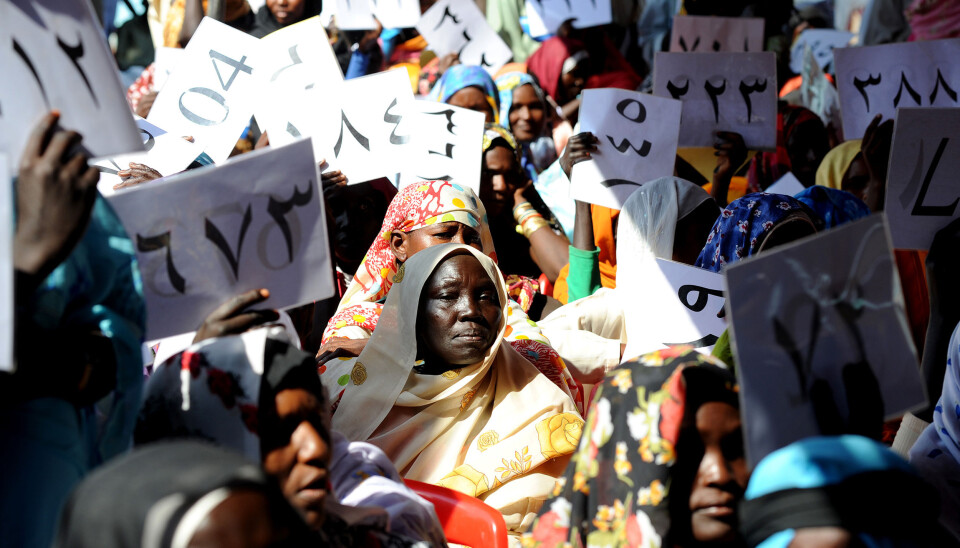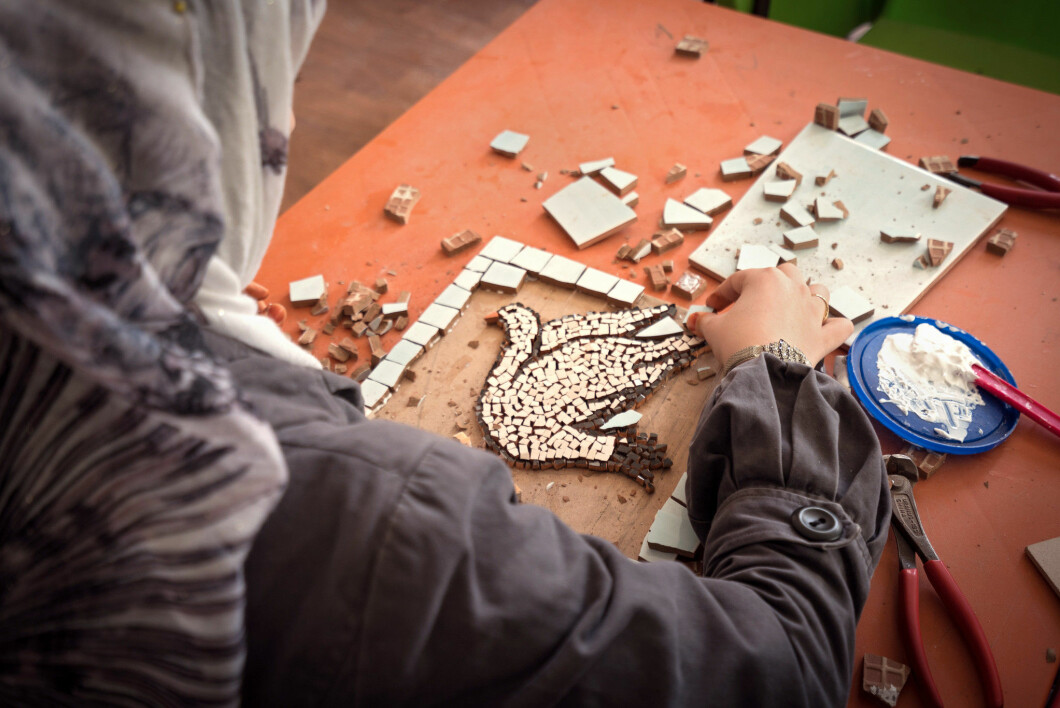
Women in peace negotiations: An instrumentalist or justice-based argument?
Between 1990 and 2017, women constituted only 2 per cent of mediators, 8 per cent of negotiators, and 5 per cent of witnesses and signatories in all major peace process. While this extremely low level of participation is disappointing, it is not surprising for those researchers or policy-makers involved in studying or trying to encourage the inclusion of women in decision-making.
Despite some recent increases in the number of women involved in politics, women have traditionally struggled to gain entry into political decision-making bodies. There are many reasons for this, including masculine political cultures, their greater family and caring responsibilities, and a lack of access to necessary resources. In conflict environments, these barriers are often felt more sharply. Furthermore, in these contexts, the main criterion used for inclusion to peace talks is often holding a leadership position in one of the organisations in the conflict and women are usually excluded from such positions, making it very difficult for them to gain access to the peace talks.
Instrumentalist arguments for inclusion
The negative impact of the failure to include women in peace talks was highlighted by recent research, which found that the inclusion of women in peace talks substantially increases the likelihood that resultant accords will be implemented, and most vitally will successfully prevent the re-emergence of violence. These findings have provided very strong support for those advocating for the inclusion of women in peace negotiations. The research supports an instrumentalist argument for increasing the participation of women in peace processes - indicating that their inclusion is justified on the basis of the more positive outcomes which appear to follow. This argument has been particularly effective in countering previous claims that women should not be involved in peace negotiations, as the inclusions of more actors will make achieving agreement more difficult and that it is most important to focus on reaching consensus between the leaders of the violent organisations.
Video: Dawn Walsh on women in peace negotiations
Women as peacemakers
Yet there are a number of drawbacks to employing this instrumentalist argument. It can result in greater and unreasonable burdens being placed on women, reinforce gender stereotypes, and contribute to the re-marginalisation of women after peace negotiations have been concluded. The instrumentalist argument suggests that women’s inclusion in peace processes is legitimate because of the positive impact which they have on the success of the agreement. This frames women as peacemakers. This understanding of women in peace negotiations tends to lead to a situation where the only women considered for inclusion are those who are seen as conciliatory, often those involved in women’s groups with membership from the different conflict communities.

While the work of such groups often has a positive impact on peace and reconciliation, and as such should be lauded, painting women in this light places a high burden on women if they are to be included in peace negotiations. Often, the men included in peace negotiations are members or leaders of the most violent groups. They are not required to present their peacemaker credentials to gain entry to the process. Furthermore, involvement in inter-community organisations and being viewed as conciliatory can have potentially negative security consequences in conflict environments. Willingness to compromise and engage with ‘the other side’ can open individuals up to accusations of being traitors to their own group and women may be particularly vulnerable to such accusations and associated intimidation and violence.
Representations of women as peacemakers and bridge-builders also limit the types of women who are likely to be included. It can be used to de-legitimise the inclusion of women who adopt hard-line positions and places little pressure on conflict organisations to include women in their delegations. In combination this creates an environment where women are required to adopt stereotypically feminine mollifying and nurturing personas and to downplay other aspects of their identity, such as their group membership to justify their inclusion. As such, instrumentalist arguments run the risk of failing to allow for the multiple identities that women (and others) hold.
Finally, these peacemaker characterisations can act as barriers to the continued involvement of women in politics and decision-making after the agreement. Views that women’s value is derived from their ability to help conflict leaders to reach compromises can lead to their role being viewed as only useful during the peace negotiations. Their supposed conciliatory disposition may be viewed as unnecessary when and if a ‘normal’ governance environment emerges. This is similar to the pattern that has been observed where women are more likely to become political leaders during times of crises, but are often only afforded these positions temporarily and male leadership re-emerges once the crisis is over.
An alternative argument: correcting a historical injustice
Given the clear drawbacks of using instrumentalist arguments for the inclusion of women in peace negotiations, alternative justifications for actively working to increase women’s participation should be considered. One such argument is that positive action to encourage women’s involvement is necessary to overcome historical injustices where women were systematically excluded from decision-making and political power. This argument does not rely on a particular characterisation of women, nor does it require them to act in specific ways. Their inclusion, and advocacy and special measures to ensure such, is necessary to correct long-running historical discrimination. The current low level of women’s participation is presumed to be the result of this discrimination and actions are needed to bring about the outcome which naturally would have occurred without the discrimination – relatively proportional participation of men and women in decision-making, including in peace talks.
The application of this argument has the additional benefit of suggesting that action should be taken to encourage the inclusion of different types of women and that this is not tied to the need for conciliatory forces at a particular point in the peace process. As such, women are not asked to conform to stereotypes or moderate other aspects of their identity. Women have been historically excluded from membership and leadership of all types of political organisations and thus this correcting past discrimination argument encourages the inclusion of women as members of the negotiating teams of all groups, not only women’s associations. Furthermore, because women are included to correct past injustice and not to help reach an agreement, this argument also suggests that women should remain involved in politics after a peace agreement is reached.
Despite the many benefits of using the ‘correcting injustices’ argument for including women in peace negotiations, there are trade-offs to be made. The instrumentalist argument may be accepted more easily. Those involved in peace negotiations are often more open to instrumentalist arguments as it does not require them to acknowledge the uncomfortable truth of past discrimination or to re-assess their ideas of gender appropriate behaviour. If mediators, such as the EU, are arguing for the inclusion of women in a peace process they may be confronted by the conundrum of whether to use the more readily accepted instrumentalist argument or the ‘correcting injustices’ argument’. The latter has a greater number of long-term advantages for re-structuring gender power relations, but is more likely to face resistance.
This blog was written as part of the research project GLOBUS Reconsidering European Contributions to Global Justice (funded by the EU’s Horizon 2020 programme) and first published at the Global Justice Blog www.globus.uio.no







